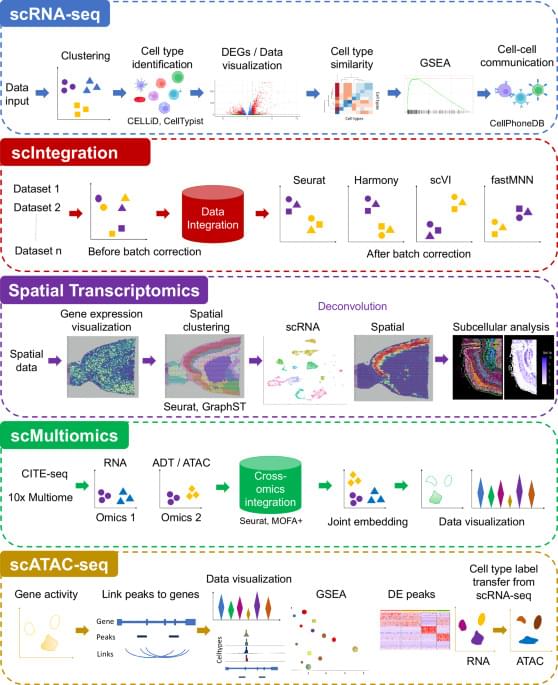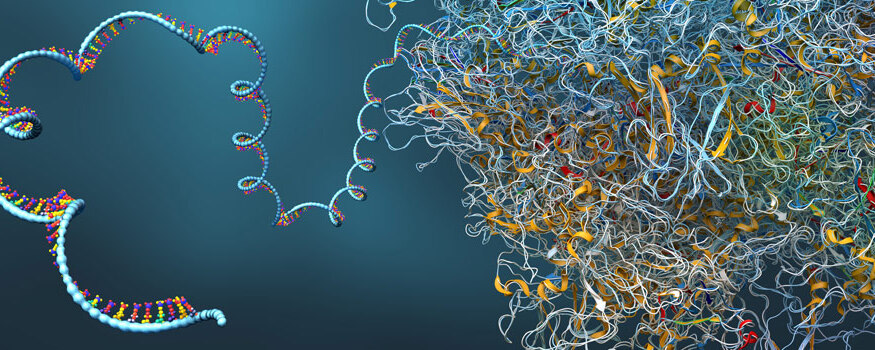Is booming, with retail sales set to rise 39% by 2027. A new report from the Forum highlights urban delivery challenges and solutions.




Video from Boston Dynamics.
Wishing you a holiday season full of light and laughter as we flip over into the new year!


The tech company also plans to make an Act II of the show, which will feature a second round of Shakespearean actors in new digital portraits next year.
“This collection is the culmination of profound collaborations with some of the most iconic actors of our time,” says Sattari-Hicks in a statement. “This is only the beginning, with many renowned home-grown and international talents already in line for future collections.”
“The Shakespeare Portraits (Act I)” is on view at the Red Eight Gallery in London through January 10, 2025.


